Guest blog by Keramat Hafezi Birgani
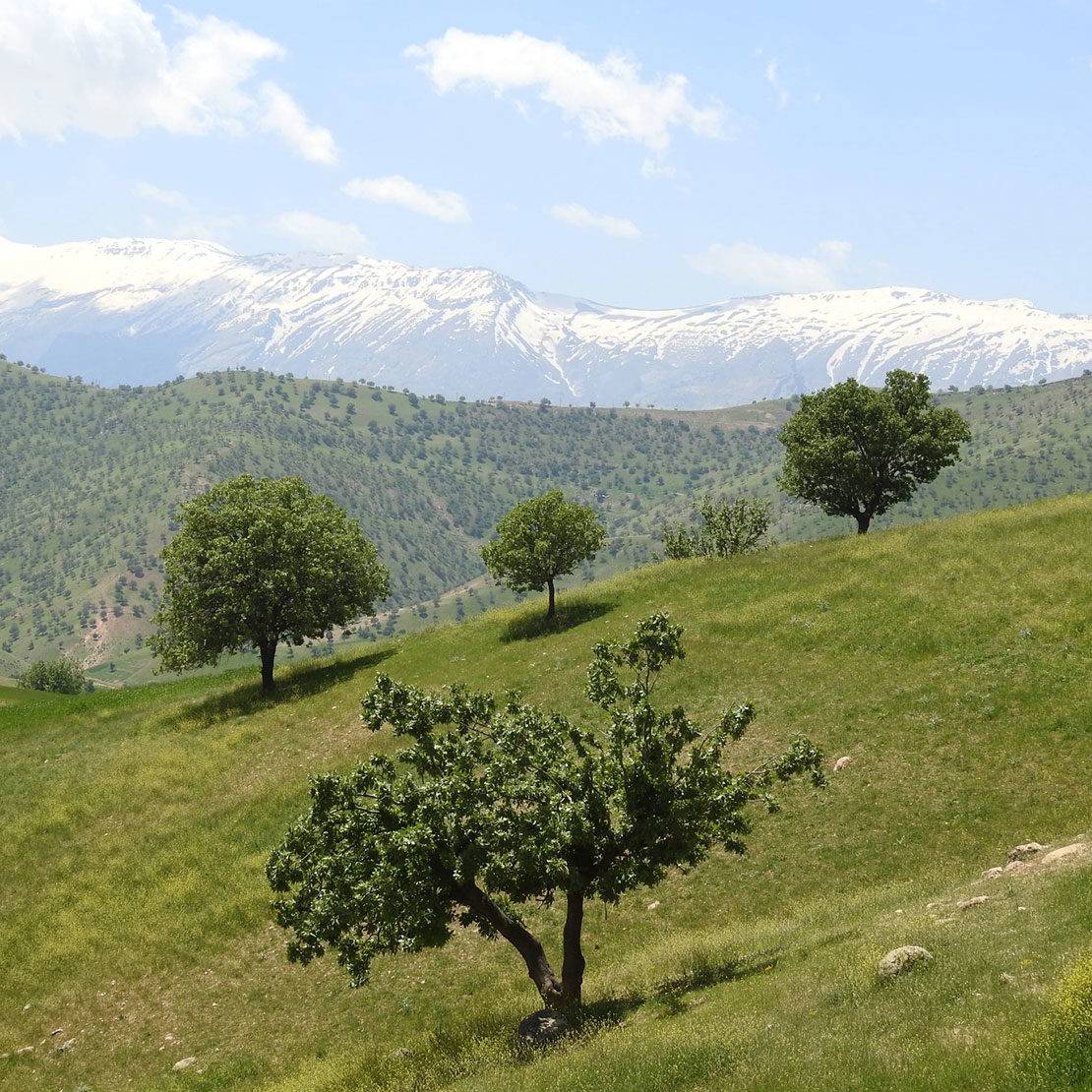
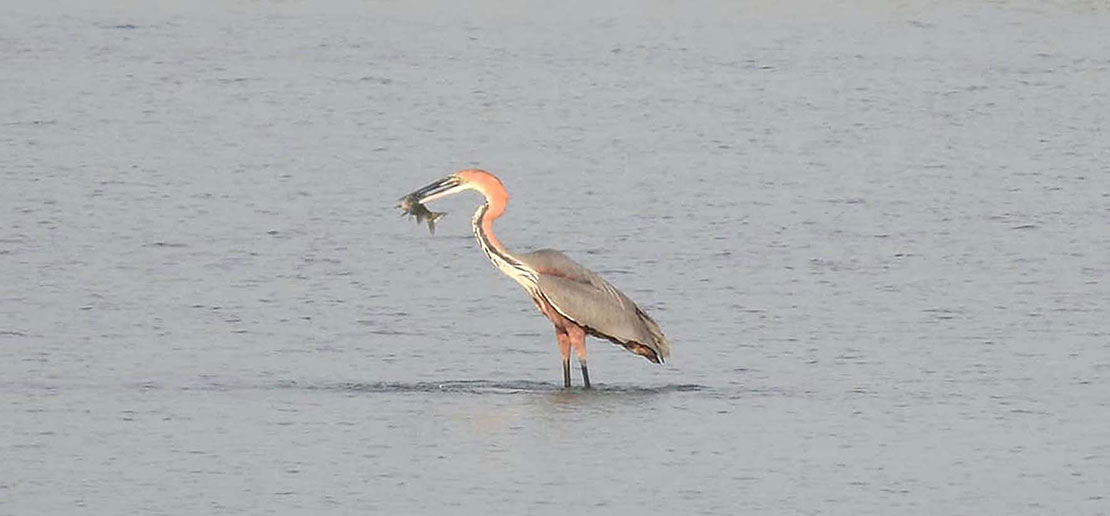
This is a rather different blog to those normally published on the OSME website. Such a delightful, comprehensive account of the wildlife of a very special and little-known region of the Middle East deserved to be published in full. Hopefully this will be a forerunner of a paper in Sandgrouse. Richard Porter.
Southwest Iran is one the best places for birding in the Middle East, beautiful province of Khuzestan from the sea level of the Persian Gulf to Bakhtiari mountains of Zagros, Mount Keyno (peak 3,745 m), an area rich in biodiversity.
Khuzestan province has wonderful wildlife diversity: several rivers; large and beautiful wetlands; river forests; agricultural fields; the Persian Gulf coast and islands; foothills and the Zagros mountains; oak forests; plains; sandy deserts and sandy rocks. Each of these habitats attracts its own special wildlife.
We are a group of environmental activists; birdwatchers; conservationists trying to identify and protect wildlife species in Khuzestan province. Khuzestan is home to over 390 species of birds, 70 species of mammals, 85 species of reptiles, 5 species of amphibians, 56 species of inland water fishes and more than 900 species of fish in the Persian Gulf including the Endangered Whale Shark Rhincodon typus.
Also, we are trying to find new records and recently we recorded Cotton Pygmy Goose Nettapus coromandelianus, Lesser Flamingo Phoeniconaias minor and Black-throated Diver Gavia arctica.
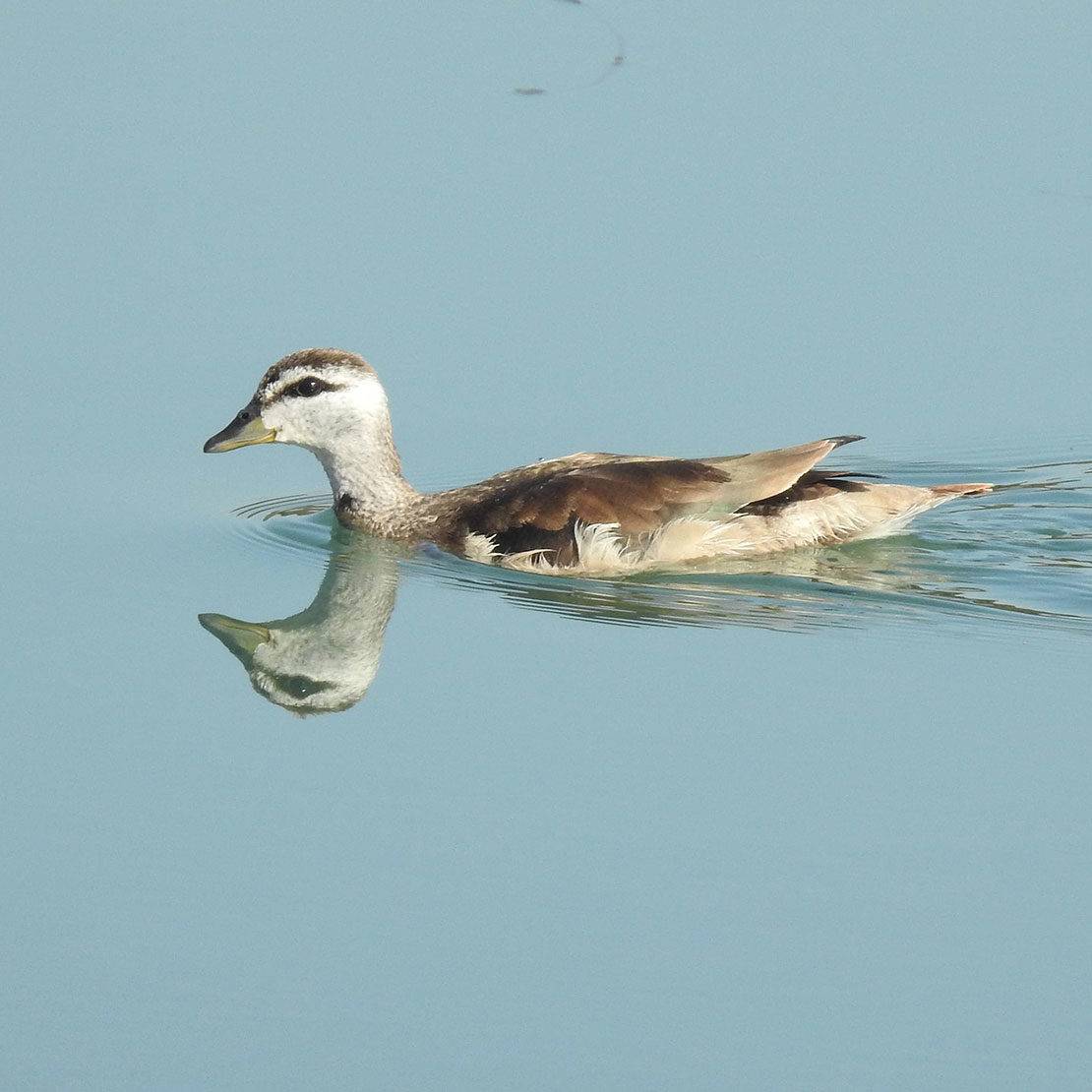
After the disappearance of the Persian Lion Panthera leo persica by the Royal hunting in Khuzestan motherland and the Caspian Tiger Panthera tigris tigris in North of Iran, the Endangered Persian Leopard Panthera pardus saxicolor is the largest cat in western Asia and it is found in the Zagros mountain ranges. It is the largest and rarest leopard subspecies.

The Mesopotamian Otter (Lutreogale perspicillata maxwelli), the legendary species of Smooth-Coated Otter lives in the Mesopotamian Marshes of Iran, in Khuzestan province. This subspecies, also called Maxwell’s Otter after the author’s name, Gavin Maxwell. During his travels in Iraq in 1956, Maxwell found a young otter cub which he brought back to the UK. This otter became famous as Mijbil in his book “Ring of Bright Water” and the subsequent film. Mesopotamian Otter (Maxwell’s Smooth-coated Otter) was believed to be extinct in the world. Southwest of Iran is also home of Near Treated Eurasian Otter Lutra lutra.
The Endangered Persian Fallow Deer Dama mesopotamica is native in Mesopotamian forests in Khuzestan province.
Mammals such as the Endangered Indian Ocean Humpback Dolphin Sousa plumbea, Vulnerable Dugong (Sea Cow) Dugong dugon, Syrian brown bear Ursus arctos syriacus, Near Threatened Striped Hyena, Hyaena hyaena, Eurasian Badger, Meles meles, Honey Badger (Ratel), Mellivora capensis, Vulnerable Persian Gazelle Gazella subgutturosa, Vulnerable Wild Goat Capra aegagrus, Vulnerable Oriental Wild Sheep (Muflon) Ovis, live in Khuzestan Province too.
Reptiles such as Critically Hawksbill Sea Turtle, Endangered Euphrates Soft-shelled Turtle, Vulnerable Spur-thighed Tortoise and several endemic species including lranian Spider-tailed Horned Viper, Desert Nestenove Monitor, Mesopotamian Spiny-tailed Lizard and Amphibians like Vulnerable Lorestan Newt live in Khuzestan.
One thirds of Khuzestan is the Zagros Mountains, Central Zagros or Bakhtiari Zagros, Snow-capped heights and foothills. In the snowy mountains, many species such as Bearded Vulture Gypaetus barbatus, Golden Eagle Aquila chrysaetos, Caspian Snowcock Tetraogallus caspius, Chukar Alectoris chukar, White-winged Snowfinch Montifringilla nivalis are resident and birds such as Persian Wheatear (Red-tailed Wheatear) Oenanthe chrysopygia and White-throated Robin Irania gutturalis are summer visitors.
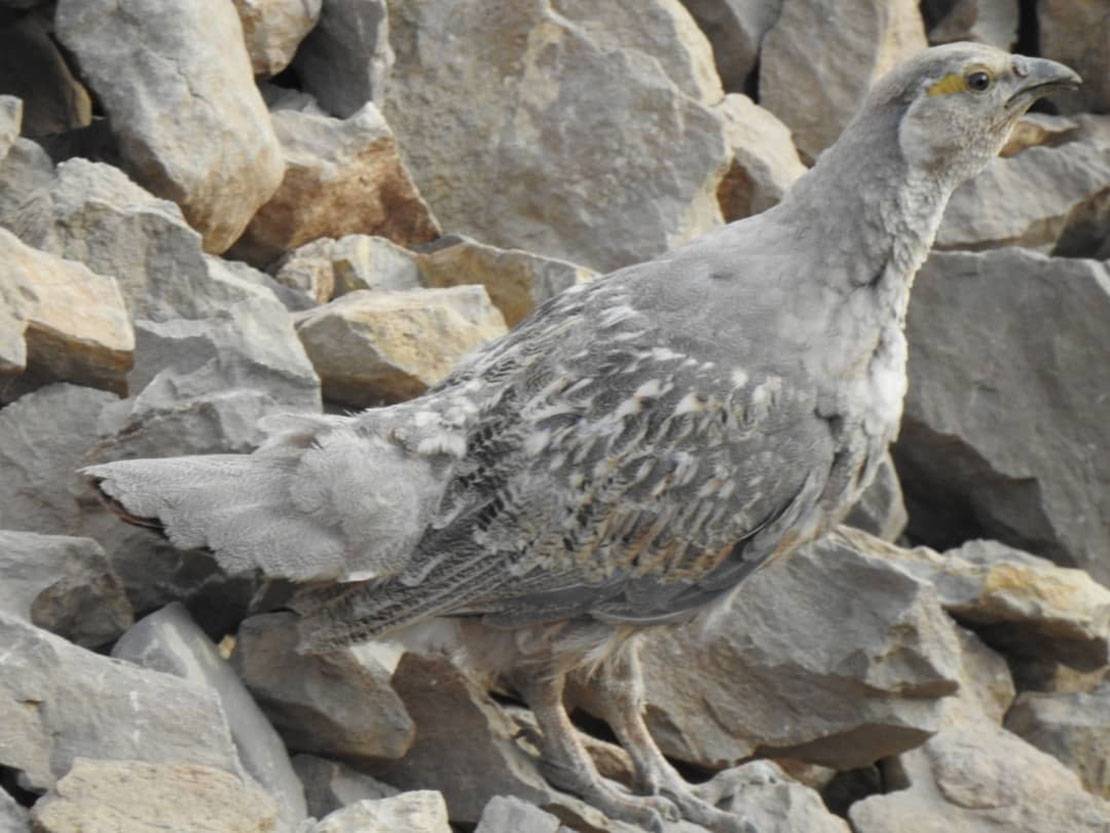
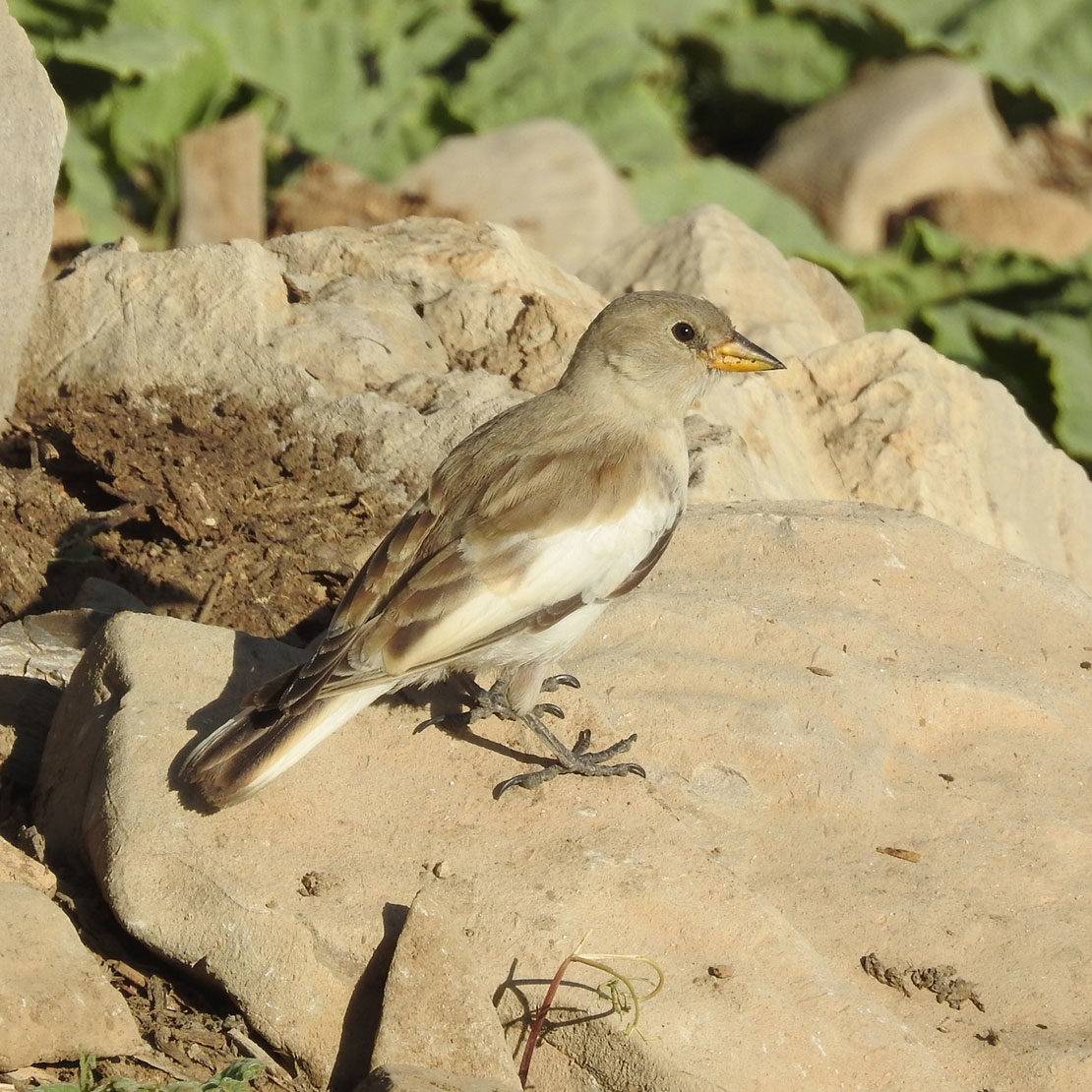
In foothills, Egyptian Vulture Neophron percnopterus, Bonelli’s Eagle Aquila fasciata, Short-toed Snake Eagle Circaetus gallicus, Shikra Accipiter badius, Long-legged Buzzard Buteo rufinus, and Falco peregrinus pelegrinoides are breeding birds.
The forests of Zagros are home to many different species. The most important tree species of the Zagros in Iran is Quercus brantii, the Brant’s oak, a species of oak native to Iran. Species of the family Picidae such as Lesser Spotted Woodpecker Dendrocopos minor, Middle Spotted Woodpecker Dendrocopos medius, Syrian Woodpecker Dendrocopos syriacus, European Green Woodpecker Picus viridis, and other species such as White-throated Dipper Cinclus cinclus, Long-tailed Tit Aegithalos caudatus, Great Spotted Cuckoo Clamator glandarius, Tawny Owl Strix aluco, Eurasian Scops Owl Otus scops, Eurasian Blue Tit Cyanistes caeruleus persicus, and … We found nests of Black Stork Ciconia nigra, in the rocky wall of the Zagros mountain rivers, Karun River is greatest of them.
In the Khuzestan Plain, there are ancient Mesopotamian forests around the rivers that is rich in biodiversity, with ancient trees around the Dez, Karun and Karkheh rivers.
The European Turtle Dove Streptopelia turtur, Menetries’s Warbler Sylvia mystacea, Yellow-throated Sparrow Gymnoris xanthocollis, Dead Sea Sparrow Passer moabiticus, Grey Hypocolius Hypocolius ampelinus are some important species of this habitat.
The Persian Gulf also has a wonderful wildlife diversity and Dara Island, Ghamar (Moon) Island and Ghabr-e Nakhoda (Tomb of Captain) Island which are uninhabited and protected are home to bird colonies of Crab-plover Dromas ardeola, Swift Tern Thalasseus bergii, Lesser Crested Tern Thalasseus bengalensis, Bridled Tern Onychoprion anaethetus, White-cheeked Tern Sterna repressa and maybe Saunders’s Tern Sternula saundersi.
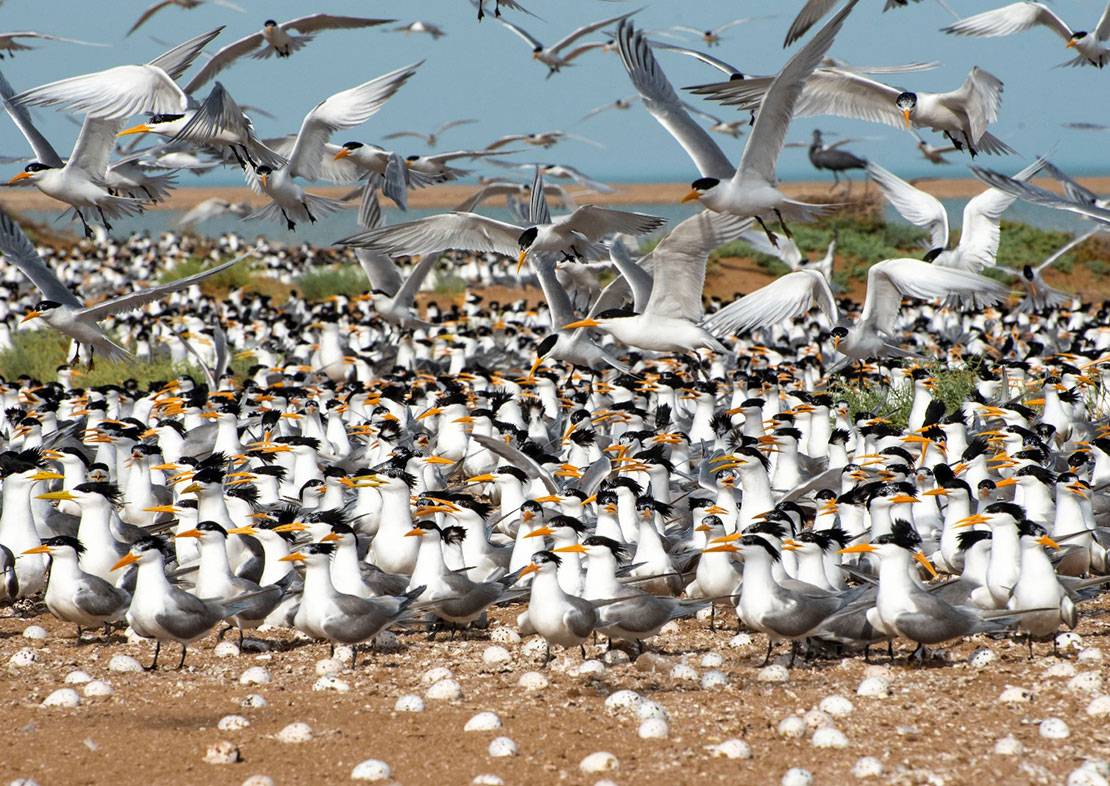
Khuzestan is the most important agricultural area in Iran. Numerous farms in Khuzestan are the place for White Storks and Western Barn Owl Tyto alba to nest. We found 60 active nests of White Stork Ciconia ciconia. Abundant rodents are being hunted by the Barn Owl at night and by the Black-winged Kite Elanus caeruleus in the day.
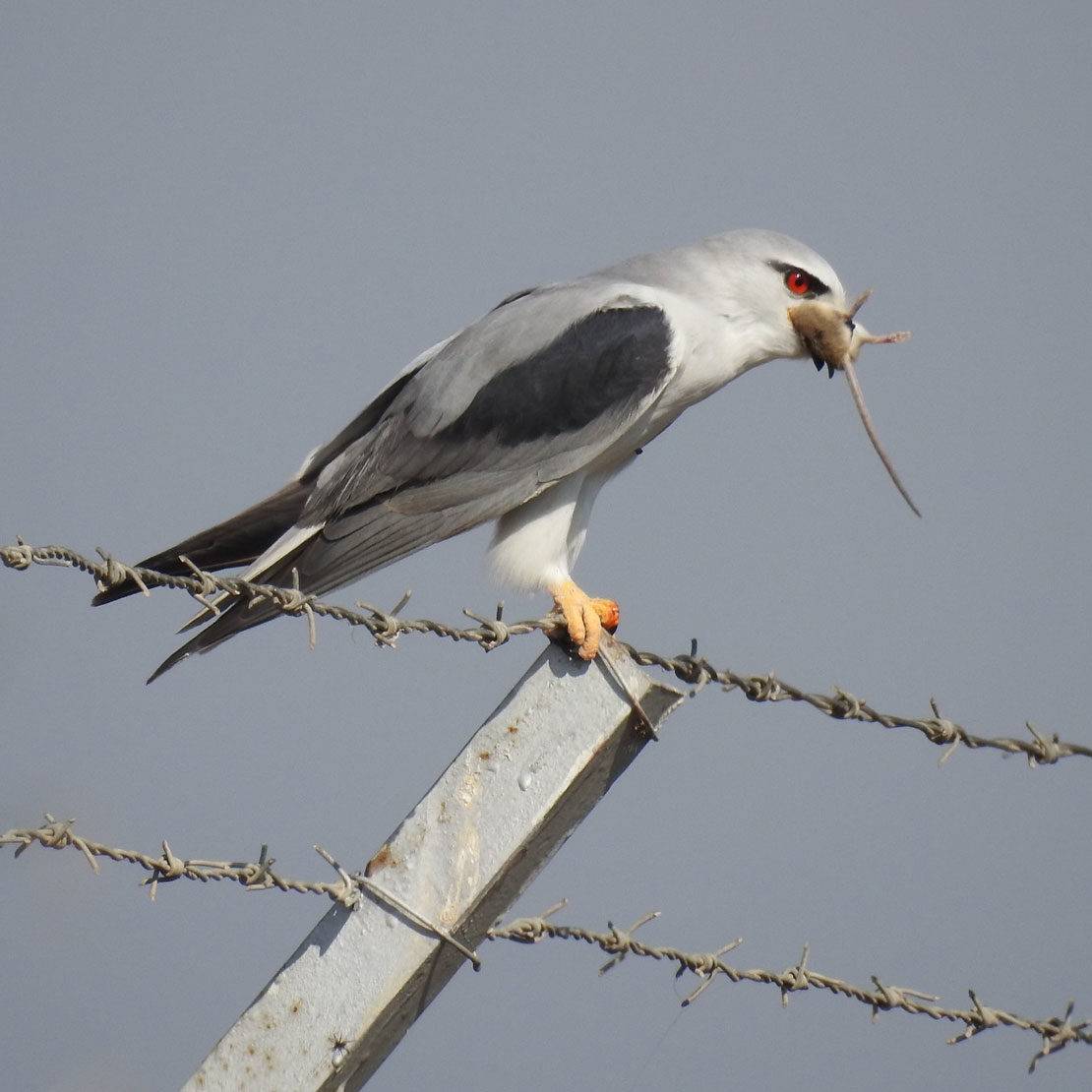
Sandy desert and rock cliffs are another fascinating habitat in southwest of Iran. In the desert, you can see, Horned desert viper Cerastes cerastes, Vulnerable Macqueen’s Bustard Chlamydotis macqueenii, Pin-tailed Sandgrouse Pterocles alchata, Greater Hoopoe-Lark Alaemon alaudipes and Cream-colored Courser Cursorius cursor.
Southwest of Iran, Khuzestan province is a main wonderful crossroads birds that migrate through Asia, Europe and Africa. During the migration season, many birds cross through Khuzestan to migrate to three continents, Asia, Africa and Europe. Also, many birds with large populations spend the winter in the habitats of Khuzestan.
Many birds spend their summers, breeding even in the hot summer of Khuzestan plain.
The cool Zagros Mountains of Khuzestan, rich wetlands and Mesopotamian forests are also suitable places for some birds to spend the summer season.
Many migratory species are visible during the migration season such as:
Kurdish Wheatear Oenanthe xanthoprymna, White-crowned Wheatear Oenanthe leucopyga, Savi’s Warbler Locustella luscinioides, Blyth’s Reed Warbler Acrocephalus dumetorum, Marsh Warbler Acrocephalus palustris, Booted Warble Iduna caligata.
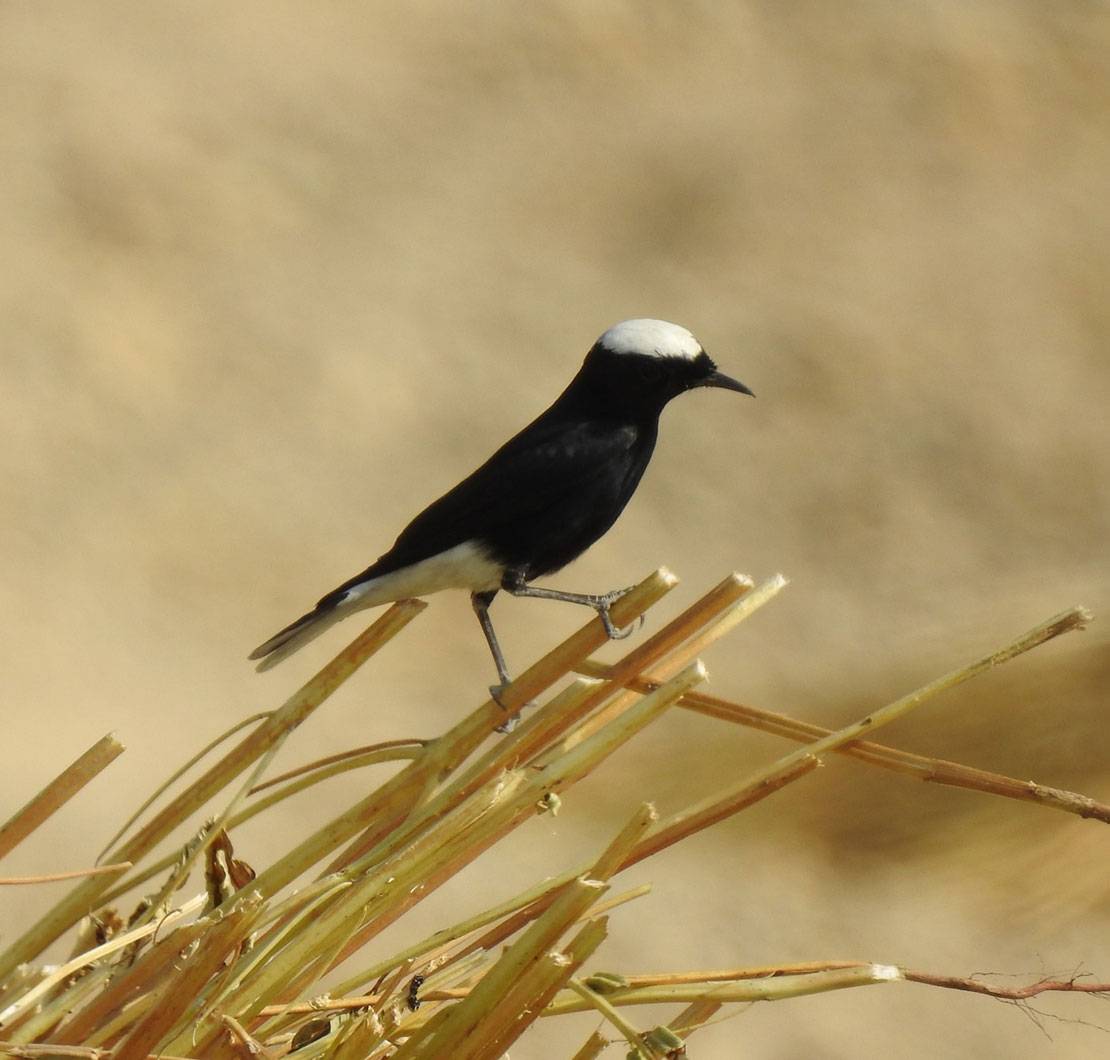
Owls, warblers and raptors are my favorite birds, 11 species of owls live in Khuzestan – that means all Iranian Owl expect Snowy Owl (that is a rare winter visitor to northern Iran). The mysterious owls of Khuzestan, very pale owls that are very similar to the Pharaoh Eagle-Owl but do not have all their characteristics. To better understand them, we need sound recordings analysis and DNA test but there is a chance to see the Pharaoh Owl Bubo ascalaphus in Khuzestan too, because it has been seen in Kuwait and Iraq on the borders of Khuzestan. The Omani Owl Strix butleri has been observed several times in Khuzestan. The first record was of a bird that fainted when trying to catch a See-see Partridge on a rainy night. This owl was cared for hours and released by my friend Afshin Musazadeh. The Brown Fish Owl Ketupa zeylonensis is resident in river banks of Khuzestan, rivers of Karun, Dez, Karkheh, Maron. Other owls are Spotted Owlet Athene brama and Pallid Scops Owl Otus brucei. I plan to write a special blog about the owls of separate
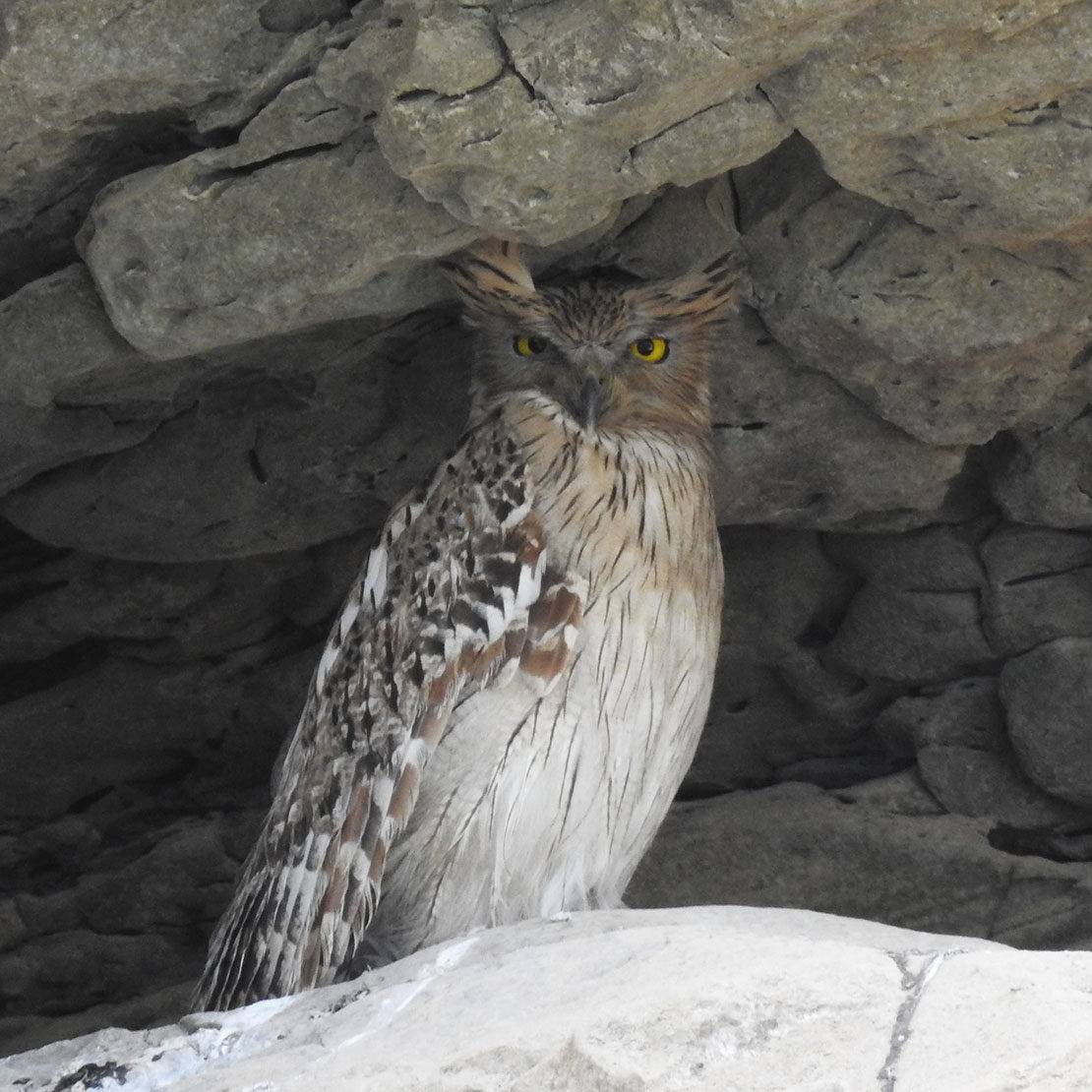
European Nightjar Caprimulgus europaeus and Egyptian Nightjar Caprimulgus aegyptius are nocturnal species like the owls they are active at night, both are summer visitor in Khuzestan province, European Nightjar in mountains but Egyptian Nightjar in hot plains.
A total of 36 species of warblers have been recorded in Khuzestan. The River Warbler is the rarest of them, only one record in Khuzestan Province, on 12 May 1940. The specimen (No. 239956) is in The Field Museum of Natural History in Chicago. The most important warbler is the Endangered Basra Reed Warbler. This species spends the summer in Khuzestan reeds and breeds and migrates to the Africa continent in winter. In the place where this warbler breeds, the reeds must be protected from fire, water adequacy in the reeds must be fine, as well as the safety of the roads that pass through the reeds is of special importance for the practical protection of such species. The Basra Reed Warbler breeding in marshes of Khuzestan, including Hour Al-Azim, Shadegan, Bamadzh wetlands, fish farms and small wetlands and reeds around Dez, Karkheh and Karun rivers.
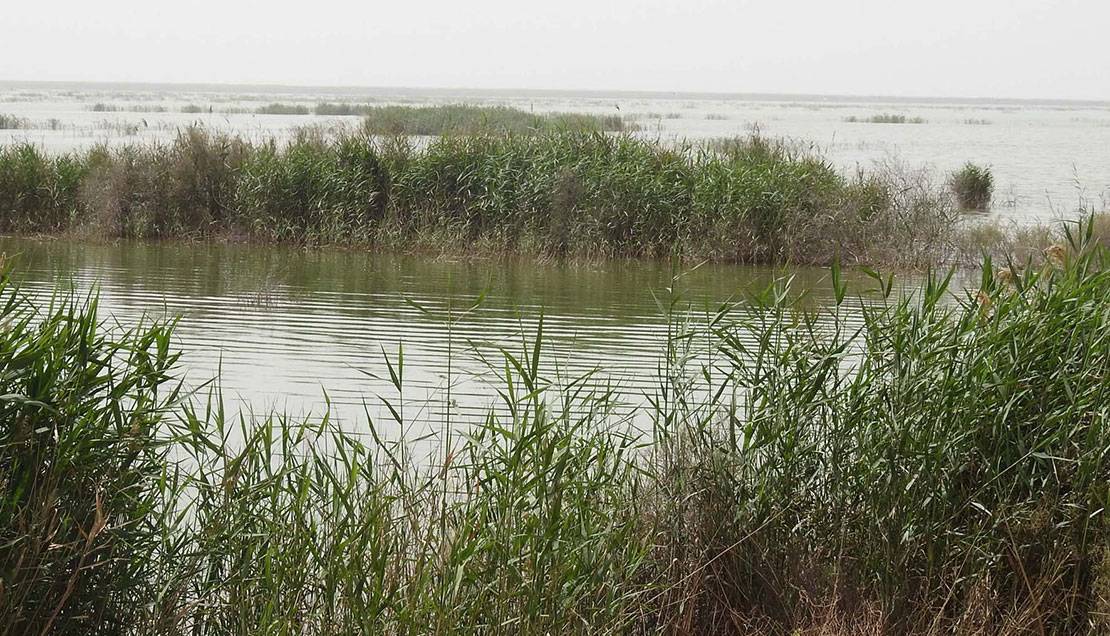
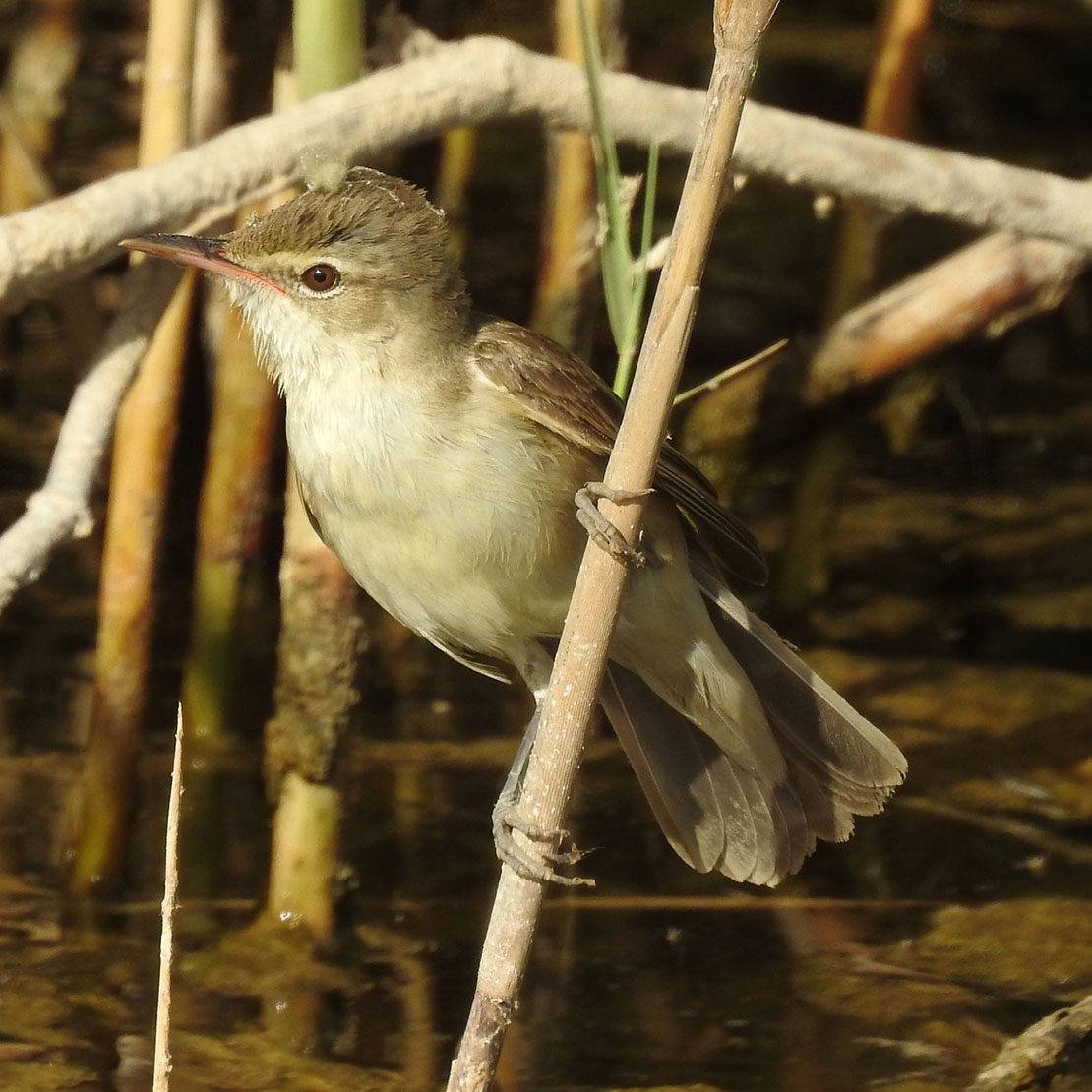
Birds of prey: 35 species of raptors have been recorded in Khuzestan province, at the peak of beauty and magnificence; some of them are on the world RedList, including the Endangered Saker Falcon Falco cherrug, Endangered Steppe Eagle Aquila nipalensis, Vulnerable Eastern Imperial Eagle Aquila heliaca, all migrants or winter visitors. Rare species such as Vulnerable Sooty Falcon Falco concolor and Endangered Pallas’s Fish Eagle Haliaeetus leucoryphus can also be seen.
An important number of birds breed regularly in Khuzestan and many of them tend to breed early in the spring whilst some also nest during the scorching early summer. Specific attributes of the following areas show how important Khuzestan province is for breeding birds. We also recorded extensions of the distribution range map of breeding birds such as Pied Bush Chat Saxicola caprata, Variable Wheatear Oenanthe picata, and Sykes’s Warbler Iduna rama,
Many subspecies of birds can be seen in Khuzestan. Numerous Western Yellow Wagtail Motacilla flava subspecies migrate through our area in large numbers and three subspecies of Common Chiffchaff have been recorded: Scandinavian Chiffchaff Phylloscopus collybita abietinus, Turkmen or Menzbier’s Chiffchaff Phylloscopus collybita menzbieri and Siberian Chiffchaff Phylloscopus collybita tristis.
The most important of the subspecies is Mesopotamian Crow Corvus cornix capellanus which is a good candidate to be recognized as a species, if genetic testing is effective, because of having different colour, habitat and behavior.
I have already said about Khuzestan wetlands in a previous blog for OSME. These wetlands are among the most important in the Middle East. During the migration season, more than 120 species of birds can be seen in the Great Hour Al-Azim, some of them in large populations such as Common Pochard Aythya ferina, and rare birds such as Vulnerable Lesser White-fronted Goose Anser erythropus and Vulnerable Red-breasted Goose Branta ruficollis.
Hour Al-Azim wetland has the highest diversity of birds, where Marbled Duck Marmaronetta angustirostris and Red-crested Pochard Netta rufina breeds. Goliath Heron Ardea goliath, African Darter Anhinga rufa, African Sacred Ibis Threskiornis aethiopicus are resident here.
Shadegan wetland has a lot of diversity too where Greater Flamingo Phoenicopterus roseus breeds and Lesser Flamingo Phoeniconaias (Phoenicopterus) minor recorded.
Critically Endangered Sociable Lapwing Vanellus gregarius bird was seen several times in Bamadzh Wetland, latest observation was 10 individuals in autumn, they were following agricultural machinery and hunting insects on the farm while plowing. Miyangaran wetland is another place that Sociable Lapwing was seen. Several small wetlands located in the Khuzestan too.
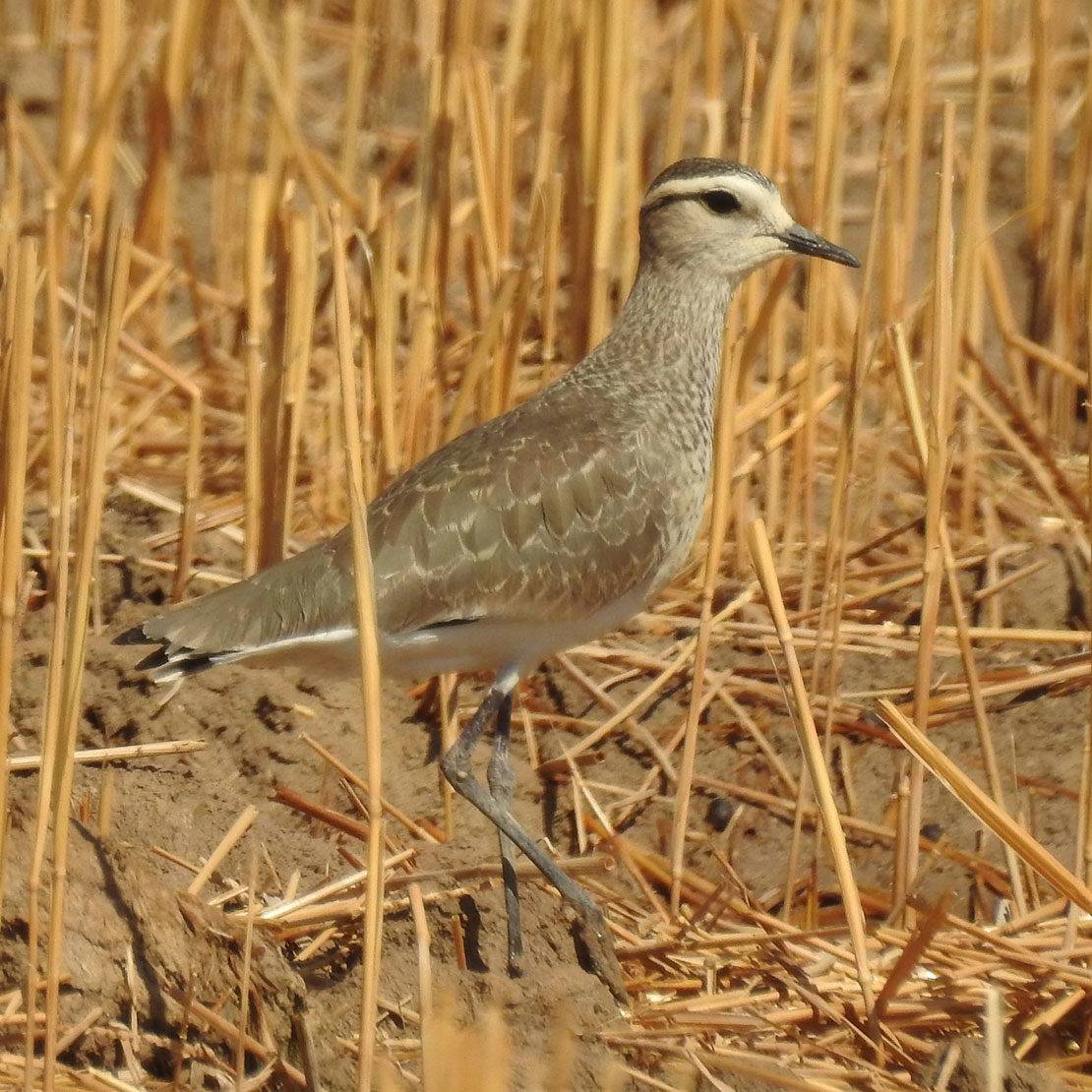
Last year we found an electrocuted Greater Spotted Eagle Clanga clanga in Khuzestan that was tagged in Middle Volga of Russia, Zadira, juvenile Greater Spotted Eagle on its first migration after spending the winter on the Arabian Peninsula in return to Russia, Electrocuted in Khuzestan.
Also last year, a breeding flamingo was photographed. Its ring was made in Italy 11 years ago. This flamingo was ringed in 2009 when it was a chick in the province of Ferrara, Italy, on the shores of the Adriatic Sea in continental Europe, and it is valuable to see this female Italian flamingo breeds in Khour Goban in Abadan.
In Khuzestan, the Wildlife Rescue Team is working to help injured birds and other wildlife. The late Alireza Afshoon was the founder of this team, He unfortunately passed away last year. We remember his Goodness. Eagles like Endangered Steppe Eagle, Booted Eagle Hieraaetus pennatus, Eurasian Eagle-Owl Bubo bubo and Vultures like Griffon Vulture Gyps fulvus, Cinereous Vulture Aegypius monachus and many other birds and mammals like Jungle Cat Felis chaus. They were treated and released.
Our last attempt was to save an African Darter that had plastic around its bill. Sadly it was found dead before we could rescue it
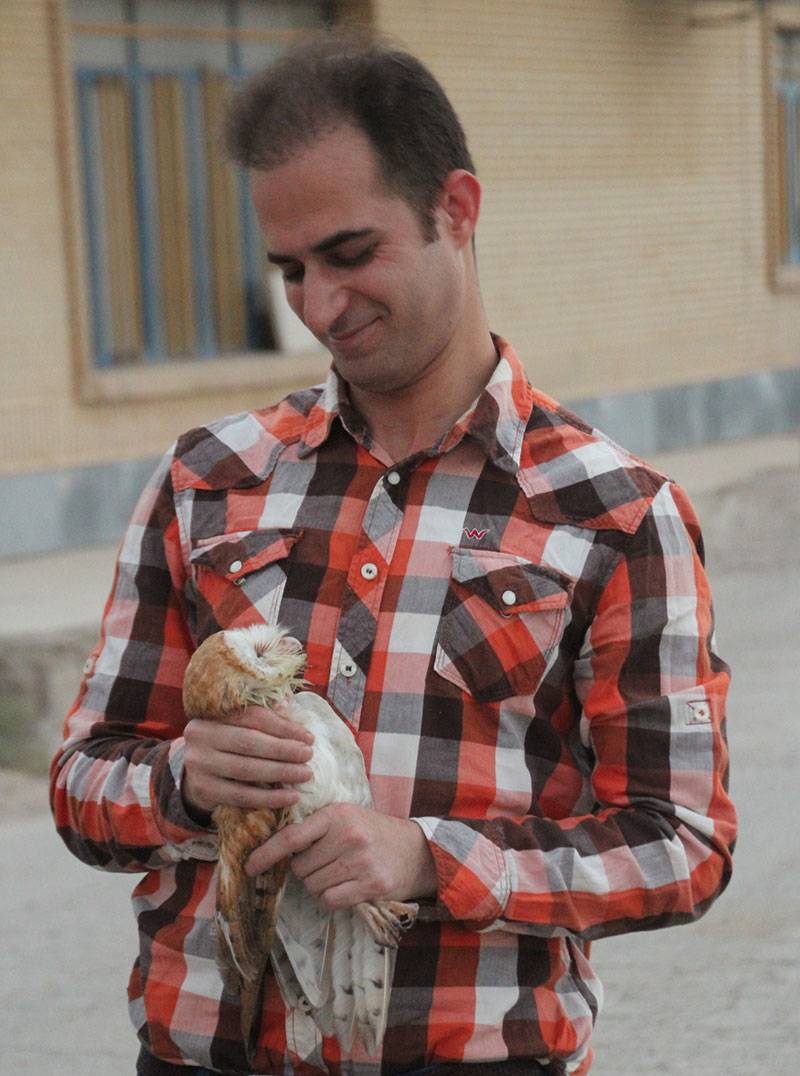
We try to protect Iran’s nature in as many ways as possible as well as educating the public by making documentaries and publishing content in news agencies and social networks.
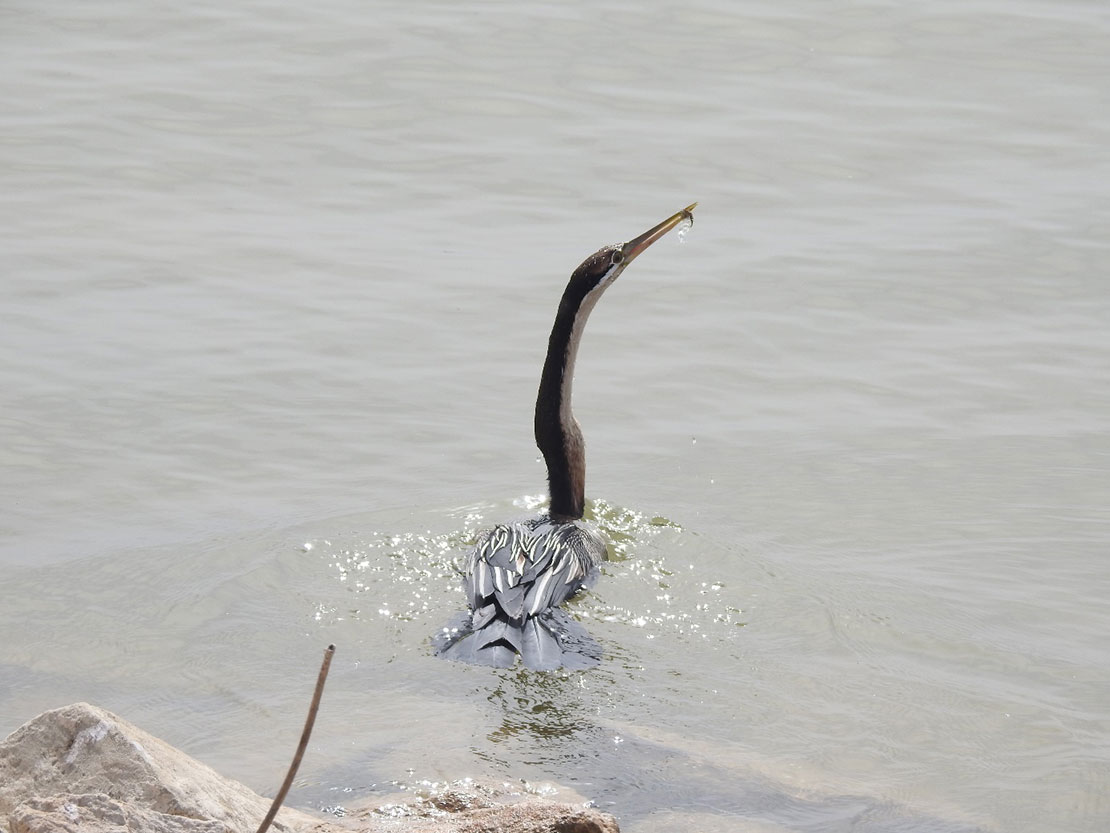
Beautiful Iran with hospitable people.
Birdwatchers and nature lovers will find it a wonderful and safe place. However the last year was a difficult year for the world, disease and great economic hardship. In the early days of spring when nature comes to alive and the first days of the New Year (Nowruz) in Iran also in the month Ramedan.
We hope for a better world for humans and nature.
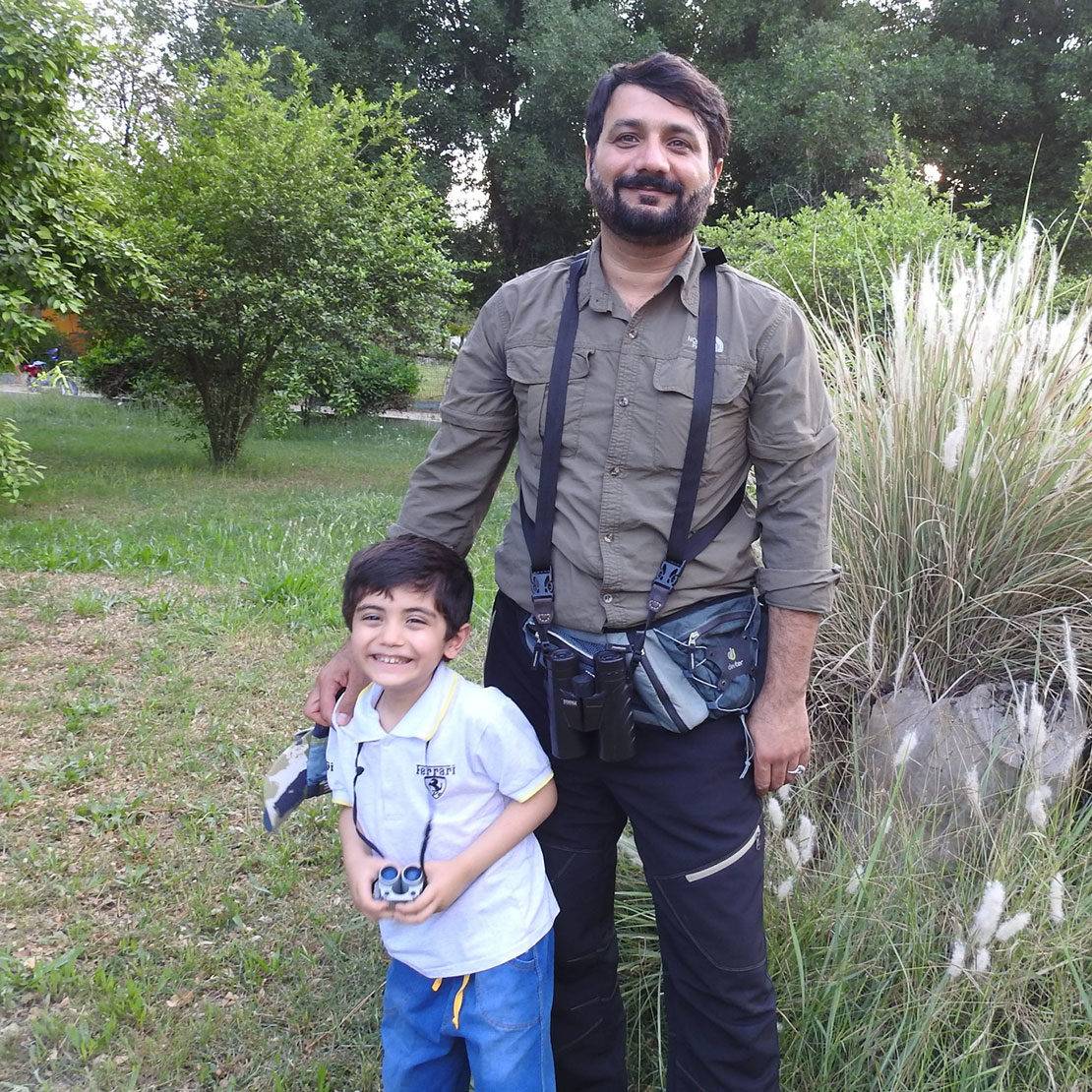
Keramat Hafezi Birgani, pictured here with his son, is a member of the Iran Bird Records Committee and Iran Mammals Record Group in Khuzestan Province. He has written a previous guest blog for OSME: The wonderful Marshes of Khuzestan https://osme.org/2020/05/the-wonderful-marshes-of-khuzestan-an-iranian-treasure/

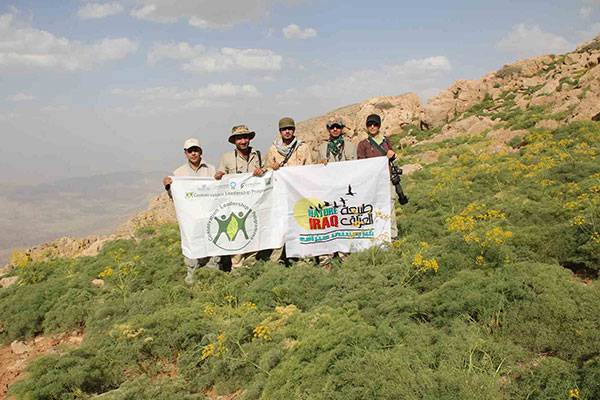
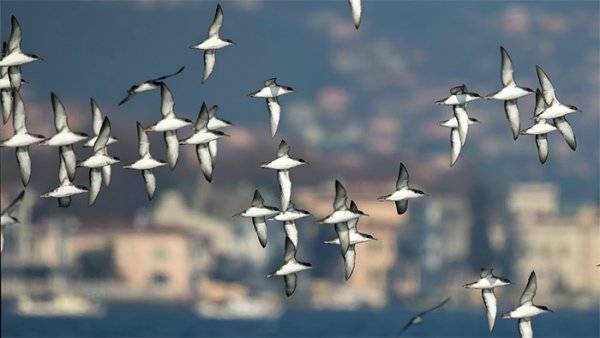
Great article and certainly a place I would love to visit one day!
Thank you very much
Welcome to Iran
Wonderful work, Khuzestan is definitely on my bucketlist. I would expect some of the species to come up to Pakistani Balochistan as well… will keep an eye out for them here!
Yes, Khuzestan is rich in biodiversity.
Baluchistan, Iran and Pakistan are also wonderful.
Two new bird species were observed for Iran,Indian golden oriole (Oriolus kundoo) and brahminy kite (Haliastur indus)
in Sistan and Baluchestan province of Iran .
I wish to go your land too .
I would also like to know if there are any otters there? Smooth Coated Otters (Lutrogale perspicillata sindica) or Eurasian otter (Lutra lutra) ?
Thank you Very much
You are welcome to Iran.
Khuzestan – certainly a haven for countless of birds. Here with stunning photos by Keramat Hafezi Birgani.
Thank you very much Dear Magnus.
I read your excellent article about Birding in Iran too.
Kind regards
Keramat
Hi Mr. Keramat,
Thank you for the great article, please keep up your passion.
I was raised in Khuzestan, enjoyed great beauty in a few cities as my dad worked for the National Iranian Oil Company and we moved around.
We were blessed his by his love for nature and outdoor life.
During 1948, my dad lived on Majid Soliman and was hired by 1948 at Anglo-Persian Oil. I have a Block and White Picture from my dad’s collection from his early day hunting in the mountain. The hunt seems to be a very large bird ( sadly), but i can’t figured out what is strange bird. I wanted to see you the image , perhaps your expertise can help.
Thank you!
Bahram Rajabian Esfahani
Dear Bahram
Thank you very much for your kindness .
This is my email, you can connect me .
keramat.h.b@gmail.com
Kind regards
Keramat
Excellent work Keramat!
Our trip to Iran in February 2019 was a fantastic adventure! Mesopotamian marshes in Khuzestan with the Goliath Heron, African Darters, Basra Reed Warblers and Mesopotamian Crows were wonderful moments!
Warm regards from the the greatest Polish enthusiast of Iranian avifauna;-)